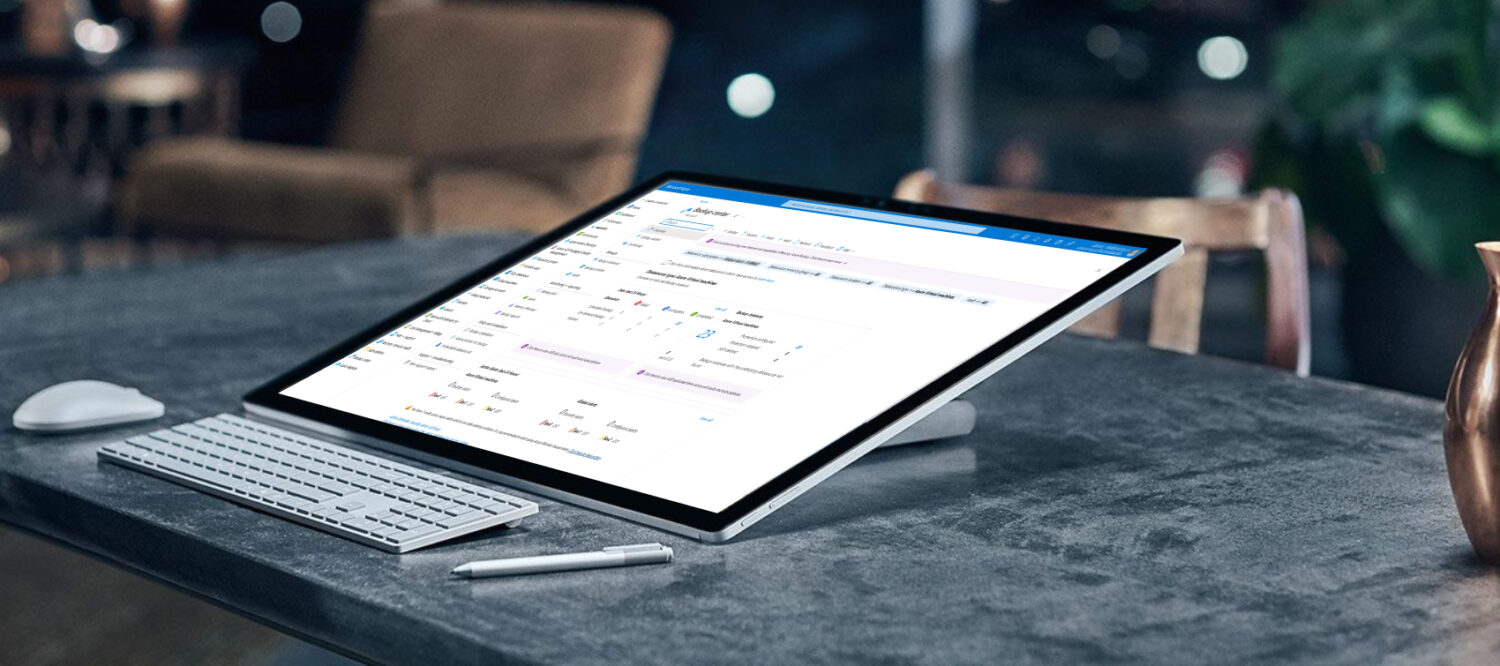Cyber attacks are very common these days. No day goes by without some accounts being breached or companies being held hostage by ransomware. A good way to protect your accounts is by using Microsoft Multifactor Authentication (MFA).There is no need to explain why MFA is such a great security mechanism and why everyone needs to…
Migrate now or face disaster!
Do you use the Log Analytics Agent for monitoring all of your VMs, your VM Scale Sets, your ARC-connected VMs, or your applications? This is all going to break on August 31st, 2024! Got your attention? Good! Let’s talk about what is going to happen on the 31st of August. The Log Analytics Agent, or…
Extended Security Updates for Windows Server 2012
We all know by now that the end-of-life for Windows Server 2012 (R2) is just around the corner. On October 10, 2023, these products will no longer receive security updates. It is important to migrate to a later OS version, but there are some situations where you cannot migrate on time to a later OS…
Entra’s Identity governance Access Reviews
Do you ever find yourself in a situation where you’re granting people rights to groups, applications, or mailboxes, and suddenly you notice an account that you know shouldn’t have access anymore, but still does? This is an example of a challenge that many organizations face on a daily basis. Procedures exist to revoke access, but…
Use Automation Accounts to automate repetitive tasks
Azure Automation Account provides users with a variety of tools, such as PowerShell, Python, and graphical runbooks, to automate tasks. Runbooks are a set of tasks that can be executed in a specific order to automate various processes, such as starting or stopping virtual machines, backing up data, or deploying applications. You can manage and…
How to Use Azure Key Vault to Store and Retrieve VM Credentials
As a cloud administrator, you are responsible for managing sensitive information such as usernames, passwords, and other secrets that are required to run your virtual machines (VMs) in the cloud. Storing this information in plain text within your VM configurations or code can pose a significant security risk. Storing this information in a local or network-based password database could be a solution but poses a risk when employees are leaving with a copy. Instead, Azure Key Vault provides a secure and centralized location for storing and managing these sensitive secrets
